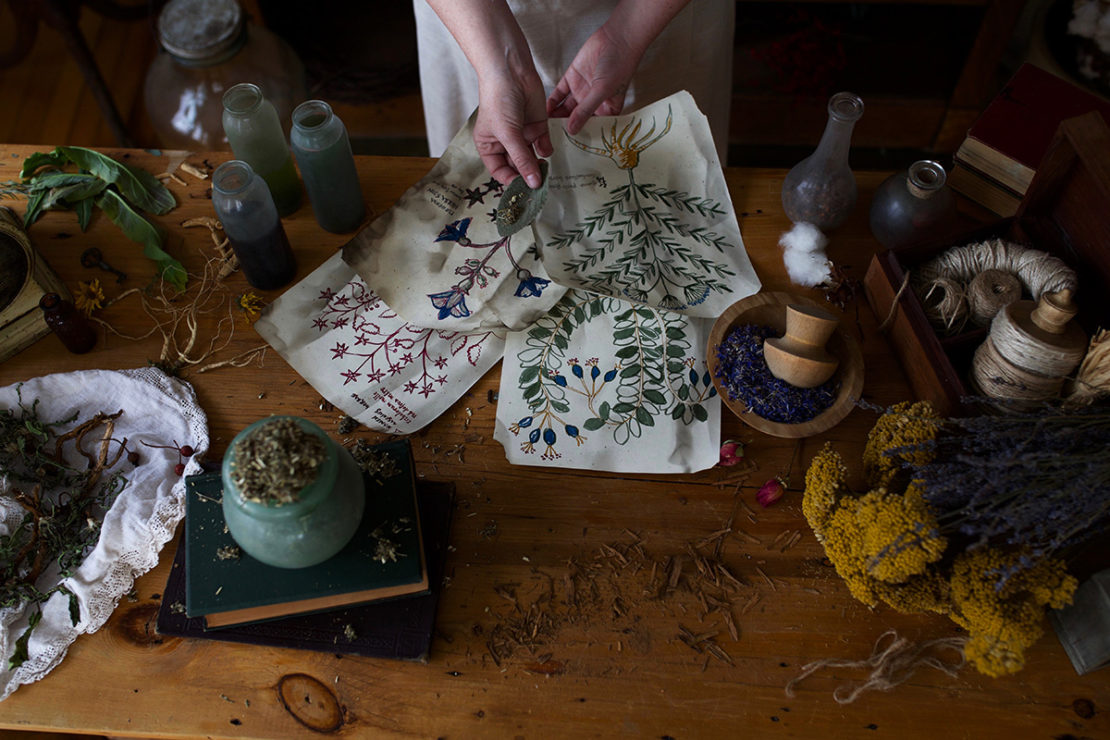- The knowledge of medicinal herbs isn't widespread; it's often passed down through apprenticeship. Unfortunately, many now prioritize formal education and overlook the significance of traditional remedies.
How did they cope with snake bites, severe stomach pain, migraines, or high blood pressure? When visiting rural areas, you might have encountered remedies like chewing herbs or drinking boiled root water for a headache or stomach ache. Surprisingly, these practices are rooted in traditional medicine, as many modern medicines are derived from these very herbs.
But how did our ancestors identify which plants were effective for specific ailments?
In some cultures, children between two months and two years old are bathed in herbal solutions or given herbal "ash" to lick, believed to boost immunity. Is there truth to this, or is it just a myth?
The knowledge of medicinal herbs isn't widespread; it's often passed down through apprenticeship. Unfortunately, many now prioritize formal education and overlook the significance of traditional remedies. Interestingly, many herbs used across different cultures share similarities. Common examples include mwarubaini, moringa, chia, thyme, and dill, though their English names may not always be known.
Our ancestors likely identified medicinal herbs through trial and error, experimenting with various plants and observing their effects on themselves and others. Animal behavior may have also provided insights; if animals consumed certain plants when unwell, humans might have followed suit.
While the methods of identifying these herbs remain speculative, one thing is clear: our ancestors were remarkably astute in their understanding of nature's remedies.












